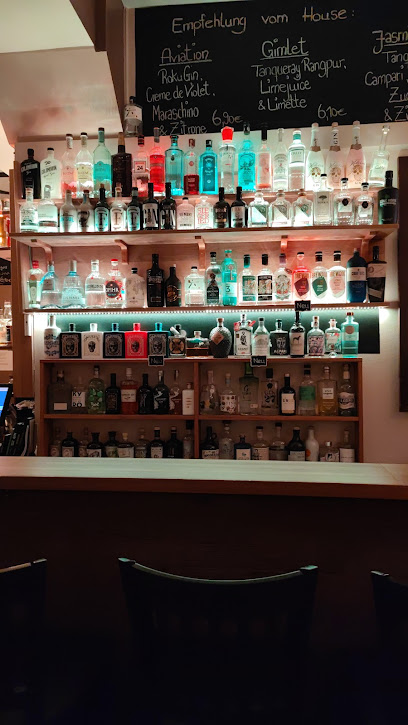
Altmarkt: Dresden's Historic Heart
Discover Dresden's historic heart at the Altmarkt, a vibrant square hosting the famous Striezelmarkt and surrounded by cultural landmarks, offering a blend of history and modern-day appeal.
The Altmarkt, Dresden's oldest square, has been the city's heart since its founding. First documented in 1370, it has served as a marketplace, a stage for festivals and tournaments, and a site for significant historical events. Completely destroyed during the bombing raids of February 1945, it was rebuilt in the 1950s in the style of Socialist Classicism, incorporating historical elements of Dresden's Baroque architecture. Today, the Altmarkt hosts seasonal markets and events, most notably the Striezelmarkt, one of Germany's oldest and most beloved Christmas markets, drawing millions of visitors each year. The square is surrounded by notable buildings like the Kulturpalast and is a central hub for public transportation, making it easily accessible for visitors exploring Dresden's rich cultural heritage. It is a must-see destination that encapsulates the city's vibrant history and modern-day appeal.
A brief summary to Altmarkt 1
- Altmarkt 1, Dresden, Altstadt, 01067, DE
Local tips
- Visit during the Striezelmarkt (late November to Christmas Eve) for an unforgettable Christmas market experience, but be prepared for large crowds.
- Explore the Altmarkt's surroundings, including the Kreuzkirche, Kulturpalast, and Altmarkt-Galerie, for a deeper understanding of Dresden's culture and architecture.
- Take advantage of the Altmarkt's central location and excellent public transportation links to easily access other major attractions in Dresden.
Getting There
-
Public Transport
The Altmarkt is easily accessible via Dresden's extensive public transport network. Several tram lines (1, 2, 4) stop directly at the Altmarkt station. From Dresden Hauptbahnhof (main train station), take tram line 3 or 7 to Pirnaischer Platz and walk for about 5 minutes towards Kreuzkirche. A single ticket costs approximately €2.50.
-
Walking
From many central locations in Dresden's Old Town, such as the Frauenkirche or the Zwinger Palace, the Altmarkt is within easy walking distance. Follow the signs towards the Kreuzkirche or Kulturpalast. The walk is generally flat and pedestrian-friendly.
-
Taxi/Ride-Share
Taxis and ride-sharing services are readily available throughout Dresden. A short ride from the main train station or other parts of the city center to the Altmarkt will typically cost between €10-€15, depending on traffic.
-
Driving
If driving, be aware that parking in the immediate vicinity of the Altmarkt is limited and can be expensive. The Tiefgarage Altmarkt offers underground parking with an entrance on Wilsdruffer Straße. Hourly rates start at €2.50, with a daily maximum of €28. Consider alternative parking options further from the center and utilize public transport for the final leg of the journey.
Discover more about Altmarkt 1
Iconic landmarks you can’t miss
Altmarkt 1
0.0 km
Discover Dresden's historic heart at the Altmarkt, a vibrant square hosting the famous Striezelmarkt and surrounded by cultural landmarks, offering a blend of history and modern-day appeal.
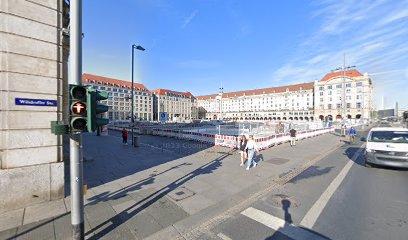
Dinglinger-Haus
0.2 km
Experience the grandeur of Baroque Dresden at the meticulously reconstructed Dinglinger House, a testament to the city's rich history and architectural brilliance, located in the heart of the Neumarkt.
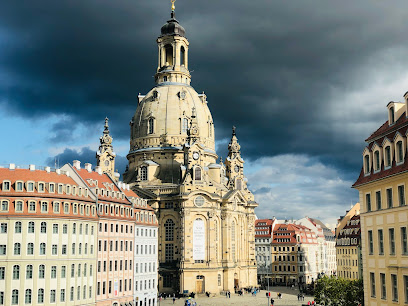
Friedrich August II Koenig Von Sachsen
0.2 km
A regal monument in Dresden's heart, commemorating King Friedrich August II and Saxony's rich history amidst the stunning architecture of the reconstructed Neumarkt.
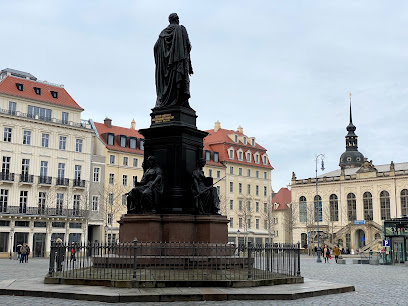
Dresden Armory
0.3 km
Discover a dazzling collection of ceremonial arms, armor, and Ottoman treasures inside Dresden Castle, revealing centuries of Saxon power and artistry.
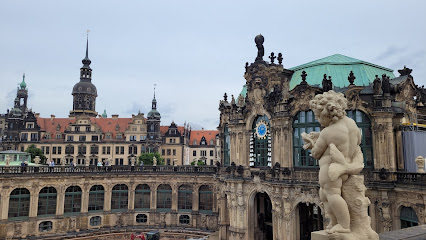
Statue des Hl. Dominikus
0.3 km
Discover the Statue of St. Dominic in Dresden's Stallhof, a serene monument amidst Renaissance splendor, offering a glimpse into the city's rich religious and artistic heritage and historical charm.
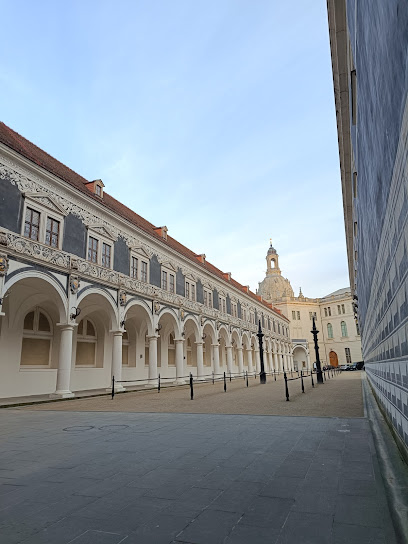
Rubble Woman Monument Dresden
0.3 km
A poignant memorial in Dresden honoring the Trümmerfrauen, the 'rubble women,' who rebuilt the city from the ashes of World War II, symbolizing resilience and the strength of the human spirit.
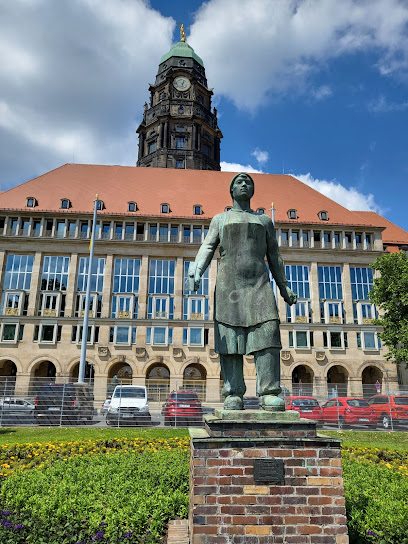
Postplatz
0.4 km
Discover Postplatz in Dresden: A historic square blending transportation, modern architecture, and access to iconic landmarks like Zwinger Palace and the Frauenkirche.

Schloßpl.
0.4 km
Experience Dresden's royal legacy at Schloßplatz, a meticulously restored square surrounded by architectural masterpieces and steeped in Saxon history.
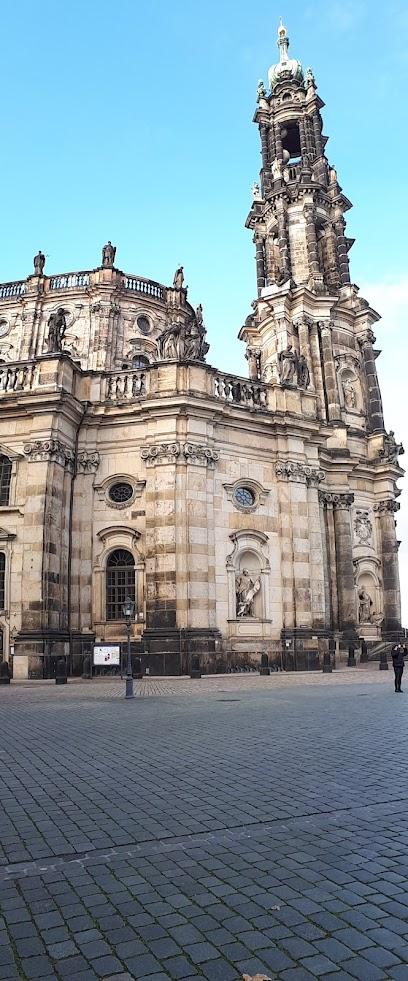
Großer trauernder Mann
0.4 km
A poignant bronze sculpture in Dresden, the Großer Trauernder Mann serves as a powerful memorial to the victims of the WWII bombing, inviting reflection on loss and resilience.
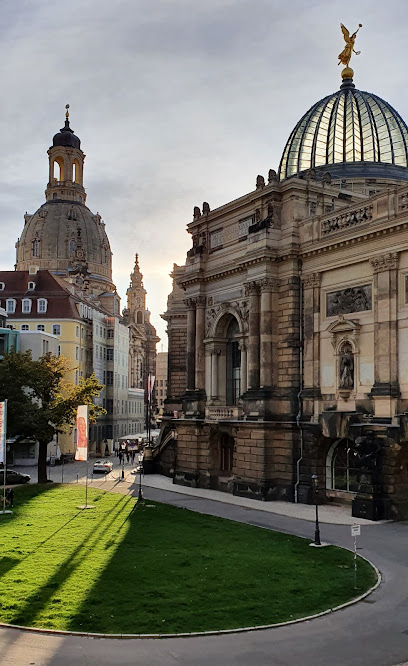
Brühl's Terrace
0.5 km
Discover Brühl's Terrace, a breathtaking historical landmark in Dresden, offering stunning views and rich cultural experiences in the heart of the city.
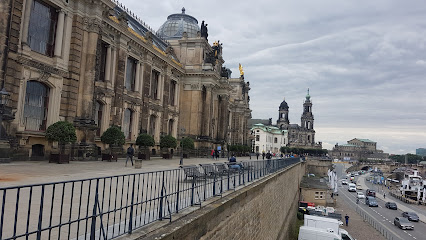
Old Masters Picture Gallery
0.5 km
Discover masterpieces from the Renaissance to the Baroque at Dresden's Old Masters Picture Gallery, home to Raphael's Sistine Madonna and a world-class collection of European art.
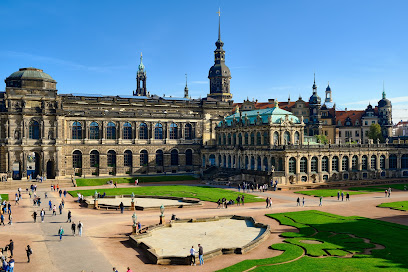
Dresden Zwinger
0.5 km
Discover the architectural brilliance and artistic treasures of Dresden Zwinger, a stunning Baroque masterpiece and cultural hub in Germany.
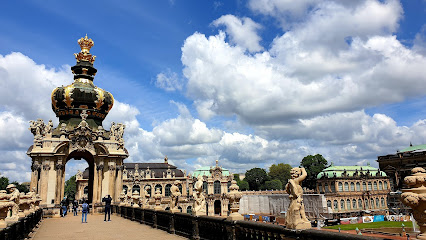
Zwinger
0.5 km
Discover Dresden's Zwinger Palace: A Baroque masterpiece housing world-renowned art collections, stunning architecture, and serene gardens in the heart of the city's historic center.
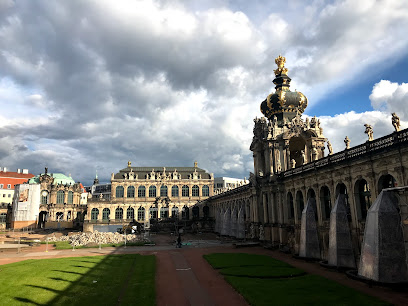
Statue of King Johann
0.5 km
A majestic equestrian statue honoring King Johann, a symbol of Dresden's rich history and artistic legacy, standing proudly amidst the architectural splendor of Theaterplatz.
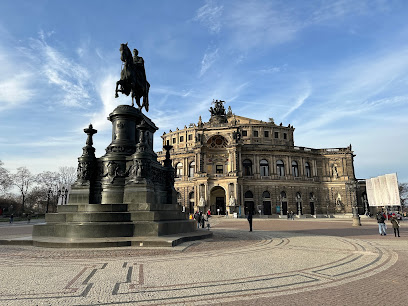
Relikte des Trompeterschlosses
0.5 km
Discover the echoes of Dresden's past at the Relikte des Trompeterschlosses, a subtle yet significant reminder of the city's layered history and architectural evolution in the heart of the Altstadt.
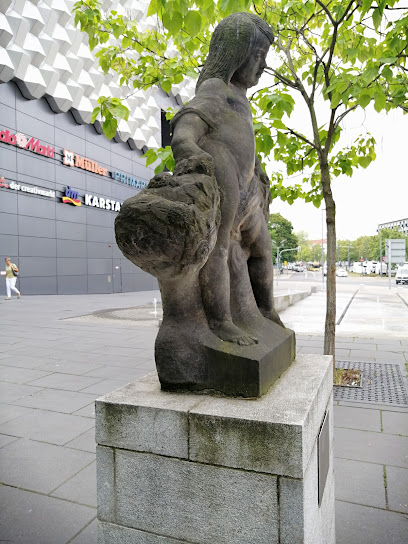
Unmissable attractions to see
Palace of Culture
0.1 km
Experience the artistic heart of Dresden at the Palace of Culture, a vibrant hub for concerts, theater, and shopping in a stunning architectural setting.
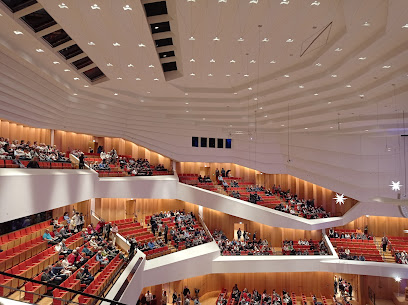
Altstadt Dresden
0.1 km
Explore the historic Altstadt Dresden, where stunning architecture meets rich cultural heritage, offering a unique travel experience in Germany.
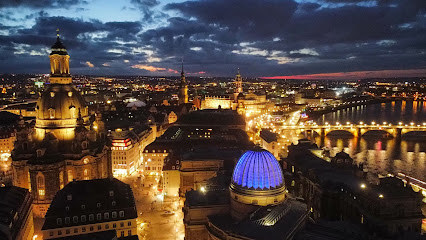
Holy Cross Church
0.1 km
Discover the architectural beauty and cultural richness of the Holy Cross Church in Dresden, a must-visit landmark for every traveler.
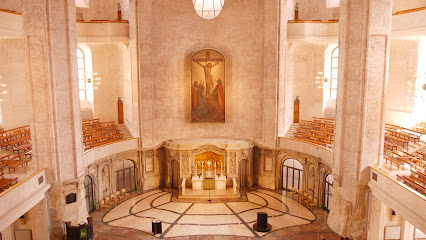
Julius Otto Monument
0.1 km
Discover the Julius Otto Monument in Dresden, a stunning historical landmark that celebrates the city's rich cultural heritage and artistic legacy.
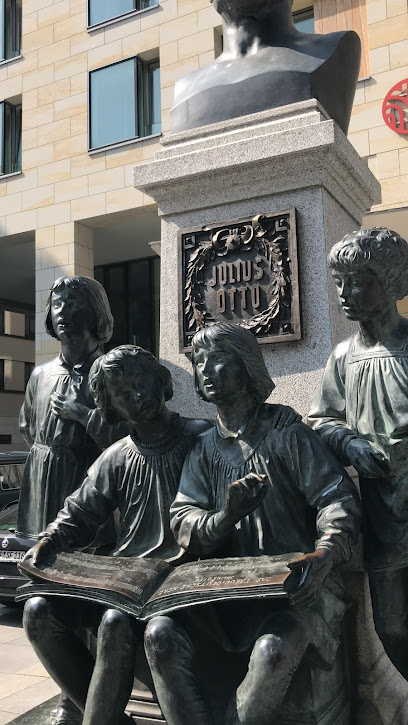
Neumarkt Dresden
0.2 km
Explore the historic charm of Neumarkt Dresden, a vibrant square filled with stunning baroque architecture, cultural events, and delightful cafes.
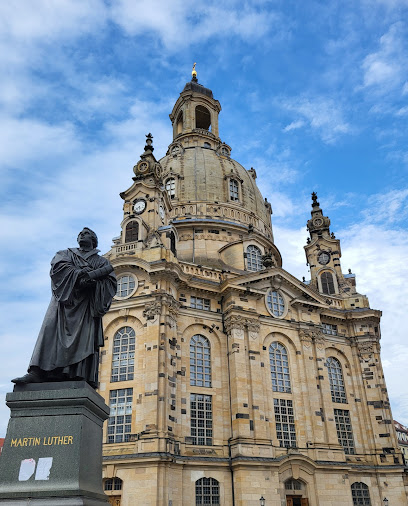
Neumarkt
0.2 km
Explore the historic Neumarkt Square in Dresden, where stunning architecture meets vibrant local culture and culinary delights.
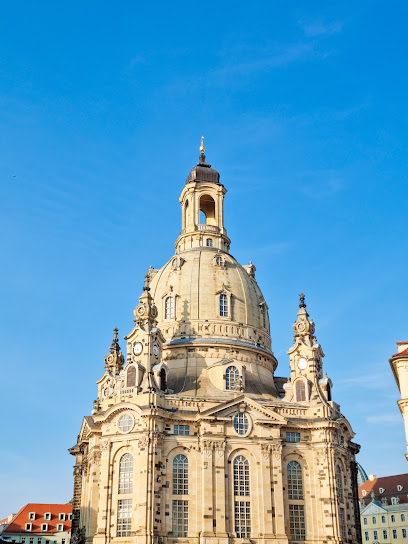
Dresden Transport Museum
0.2 km
Discover the evolution of transport at the Dresden Transport Museum, showcasing centuries of innovation in a captivating setting.
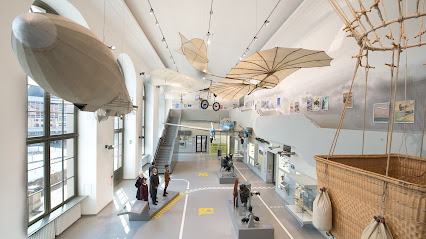
Die Dresdner Stadtrundfahrten GmbH
0.2 km
Discover the beauty and history of Dresden with guided tours from Die Dresdner Stadtrundfahrten GmbH, your gateway to Germany's cultural treasures.
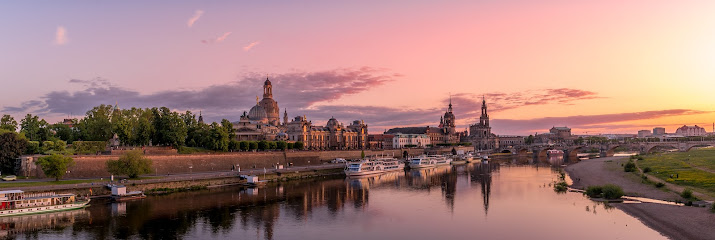
Martin Luther Statue
0.2 km
Explore the historic Martin Luther Statue in Dresden's Neumarkt Square, a symbol of the Protestant Reformation and architectural beauty.
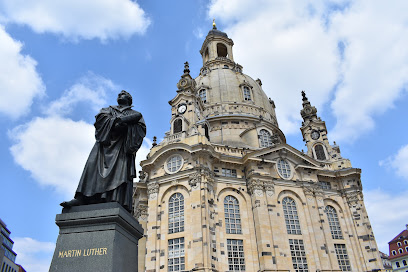
Schlossportal in der Schlossgasse
0.3 km
Explore the stunning Schlossportal in Dresden, a historical landmark that showcases exquisite Baroque architecture and the rich history of Saxon royalty.
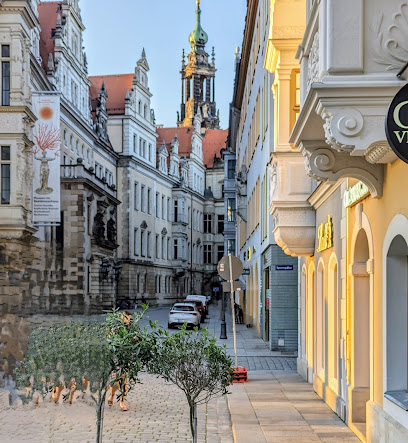
Stallhof
0.3 km
Discover the historical elegance of Stallhof in Dresden, a Renaissance gem that captures the essence of the city's rich cultural heritage.
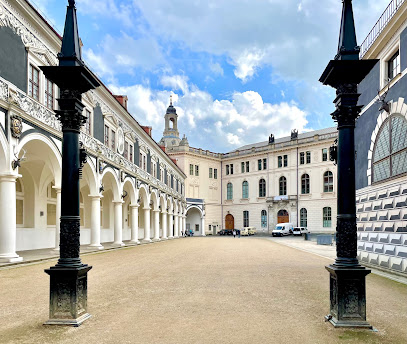
CAMONDAS Schokoladenmuseum Dresden
0.3 km
Discover the enchanting world of chocolate at CAMONDAS Schokoladenmuseum Dresden, where history and indulgence blend seamlessly.
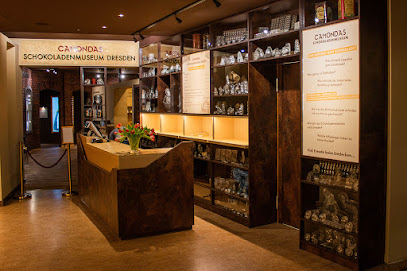
Frauenkirche Dresden
0.3 km
Discover the breathtaking Frauenkirche in Dresden, a Baroque masterpiece symbolizing resilience and beauty in the heart of the city.
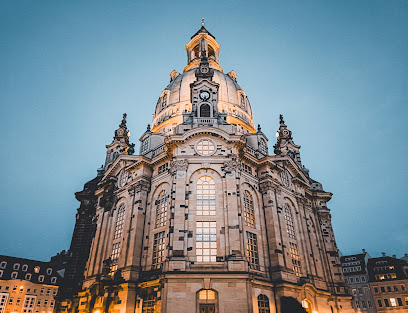
Dresden City Museum
0.3 km
Discover the captivating history and culture of Dresden at the city's premier museum, showcasing its rich heritage and artistic legacy.
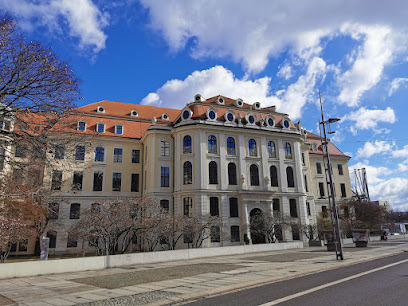
Dome ascent Frauenkirche Dresden
0.3 km
Discover breathtaking views and rich history at the Frauenkirche Dome in Dresden, a must-visit tourist attraction for every traveler.
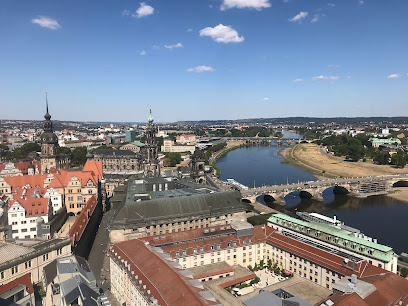
Essential places to dine
L'Osteria
0.1 km
Experience authentic Italian cuisine at L'Osteria in Dresden's Altstadt—delicious pizzas and warm hospitality await.
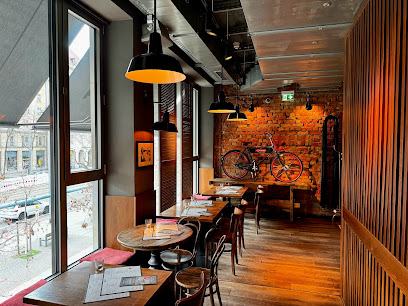
Gänsedieb
0.1 km
Discover Gänsedieb in Dresden: A culinary haven blending local flavors with international cuisine for an unforgettable dining experience.
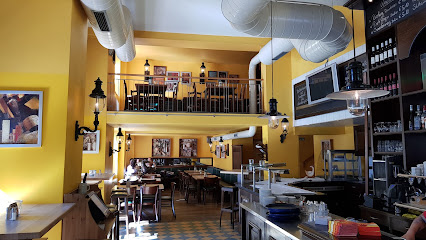
HANS IM GLÜCK - DRESDEN Altmarkt
0.1 km
Discover gourmet burgers at HANS IM GLÜCK - DRESDEN Altmarkt; where taste meets style in the heart of Dresden.
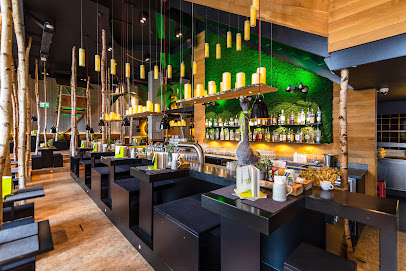
Wilma Wunder Dresden
0.1 km
Experience authentic German cuisine at Wilma Wunder in Dresden – where tradition meets modern culinary artistry.
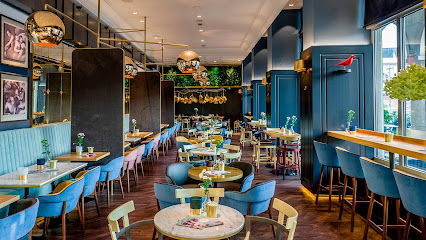
Restaurant Platzhirsch am Schlosseck
0.2 km
Experience authentic German cuisine in the heart of Dresden at Restaurant Platzhirsch am Schlosseck - where tradition meets modernity.
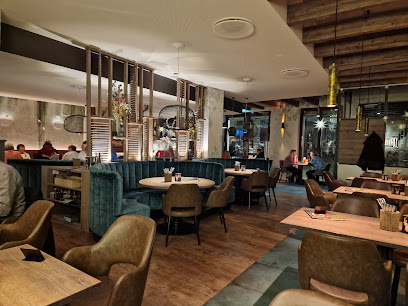
Restaurant de Saxe
0.2 km
Experience authentic German cuisine at Restaurant de Saxe, located in Dresden's historic Altstadt district.
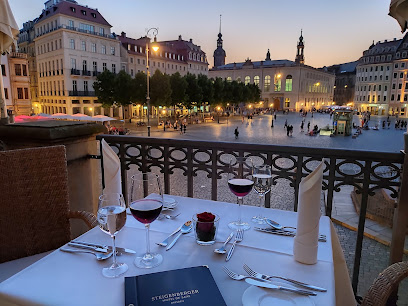
Aposto Dresden
0.2 km
Experience authentic Italian cuisine at Aposto Dresden—where delicious flavors meet warm hospitality in a charming atmosphere.
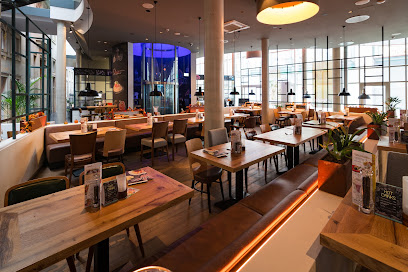
Dresdner Trödelschänke
0.2 km
Discover authentic Saxon cuisine at Dresdner Trödelschänke in Dresden's Altstadt—a delightful fusion of tradition and modernity awaits.

Restaurant Wohnstube
0.2 km
Experience the fusion of local flavors and modern cuisine at Restaurant Wohnstube in Dresden.
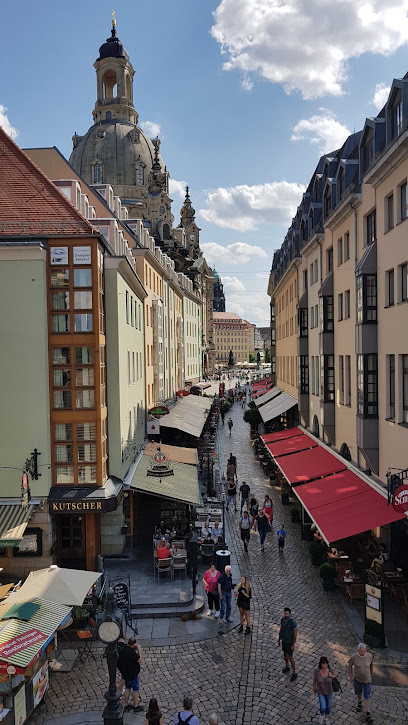
DRESDEN 1900 Museumsgastronomie
0.2 km
Experience Dresden's culinary heritage at DRESDEN 1900 Museumsgastronomie - a perfect blend of history and flavor.
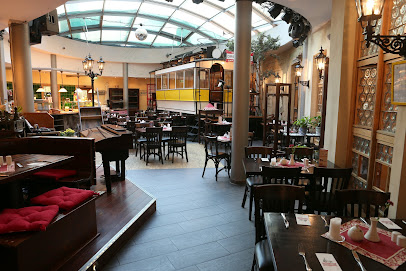
[m]eatery bar + restaurant
0.2 km
Discover exquisite steaks and American cuisine at [m]eatery bar + restaurant in Dresden – a must-visit destination for meat lovers.
![[m]eatery bar + restaurant](https://evendo-location-media.s3.amazonaws.com/RestaurantImages/812612d7-a467-41f7-ab3d-b2189bbc8d79)
Paulaner´s im Taschenbergpalais
0.3 km
Discover authentic German cuisine at Paulaner’s im Taschenbergpalais in Dresden's historic Altstadt - where tradition meets elegance.
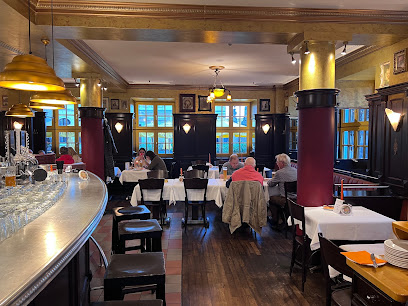
Kastenmeiers
0.3 km
Experience the finest seafood and sushi at Kastenmeiers, Dresden's top-rated fine dining destination nestled in the heart of Altstadt.
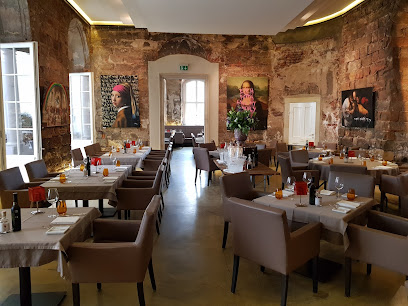
Augustiner an der Frauenkirche Restaurant
0.3 km
Savor authentic Bavarian cuisine and local brews at Augustiner an der Frauenkirche - where tradition meets taste in Dresden's vibrant heart.
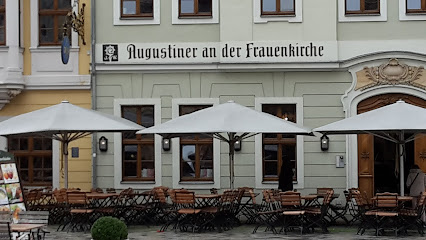
Restaurant Moritz
0.3 km
Experience exquisite local cuisine at Restaurant Moritz in Dresden's historic Altstadt - where tradition meets modernity.
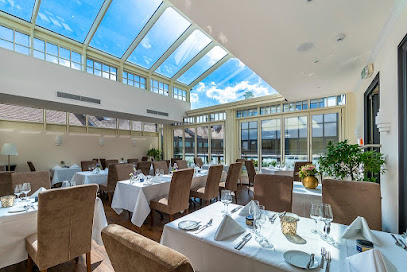
Markets, malls and hidden boutiques
10c dresden
0.2 km
Discover the essence of style at 10c Dresden, a chic fashion accessories store in the heart of the historic Altstadt district.
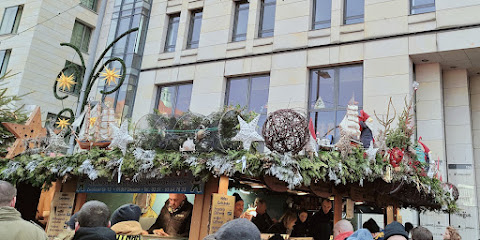
Dresden GIFTS + GOODS for you
0.2 km
Explore the heart of Dresden at GIFTS + GOODS, where local artisans offer unique souvenirs and treasures reflecting the city’s rich heritage.
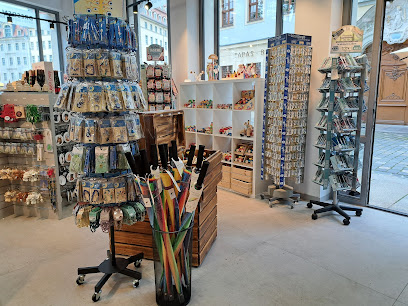
United Dresden GmbH
0.2 km
Discover unique souvenirs at United Dresden GmbH in the heart of Dresden's Altstadt, capturing the city's spirit and artistry.
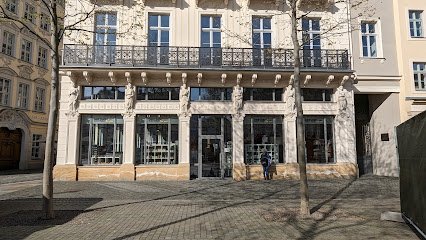
Kunsthandwerk in der Altmarkt-Galerie
0.2 km
Discover unique handcrafted gifts and souvenirs at Kunsthandwerk in der Altmarkt-Galerie, a treasure trove of local artistry in Dresden.
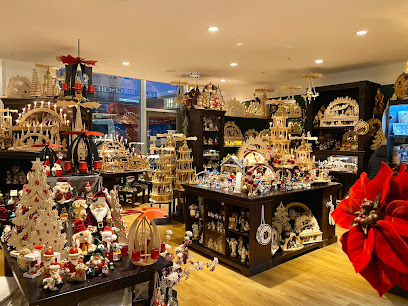
Silbermann Fashion GmbH
0.2 km
Discover exquisite clothing and custom tailoring at Silbermann Fashion in Dresden, where style meets craftsmanship for men and women.
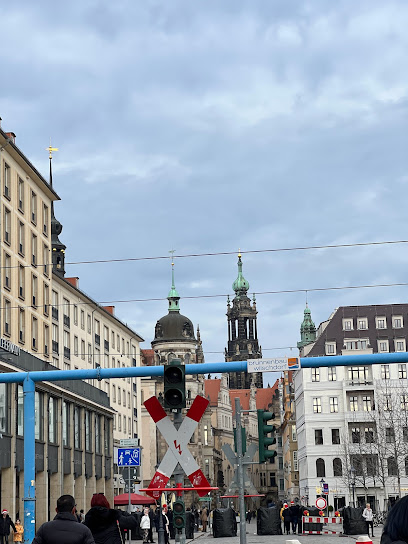
Stefanel
0.2 km
Explore the elegance of women's fashion at Stefanel Boutique, a stylish stop in Dresden's historic Altstadt.
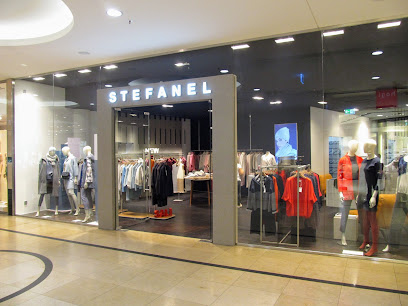
A. Lange & Söhne Boutique Dresden
0.2 km
Discover the elegance of German watchmaking at A. Lange & Söhne Boutique in Dresden, where craftsmanship meets timeless luxury.
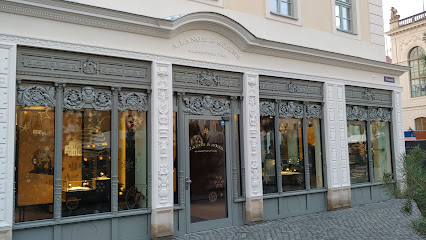
BOSS Store Dresden
0.2 km
Discover contemporary elegance and style at BOSS Store Dresden, a premier shopping destination for fashion enthusiasts.
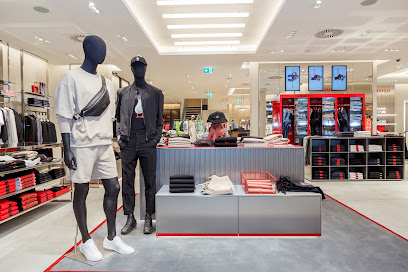
Flying Tiger
0.2 km
Discover a treasure trove of quirky souvenirs and delightful finds at Flying Tiger in the heart of Dresden's Altstadt.
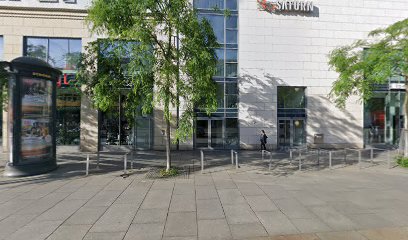
LA DONNA Exklusive Damenmode Dresden
0.2 km
Discover exclusive women's fashion at LA DONNA in Dresden, where style and elegance converge for an unforgettable shopping experience.
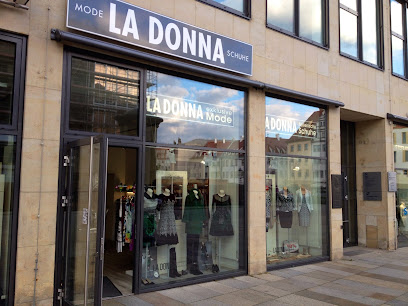
BS Designer Outlet
0.2 km
Discover incredible deals and designer fashion at BS Designer Outlet in Dresden, the ultimate shopping destination for style enthusiasts.
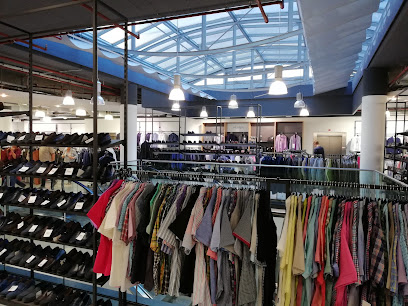
MUDDASTADT
0.2 km
Discover unique gifts and local crafts at MUDDASTADT, the ultimate souvenir shop in Dresden's historic Altstadt.
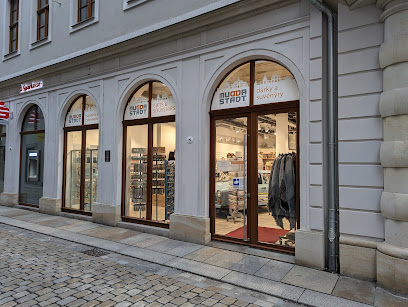
Dresden Souvenirs
0.2 km
Discover unique souvenirs that capture the essence of Dresden's rich culture and history at Dresden Souvenirs, a must-visit gift shop in the heart of the city.
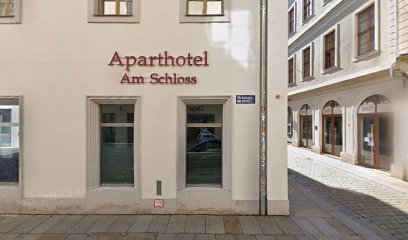
camel active Store Dresden
0.2 km
Explore stylish and durable casual clothing at the Camel Active Store in Dresden's enchanting Altstadt, perfect for fashion enthusiasts and tourists alike.
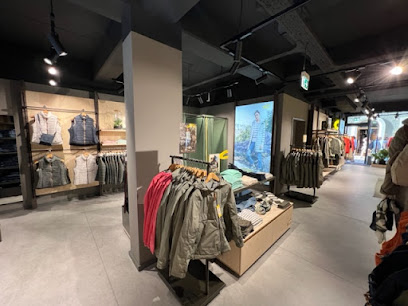
ONLY
0.2 km
Explore the latest women's fashion at ONLY in Dresden, where style meets comfort in a chic shopping environment.
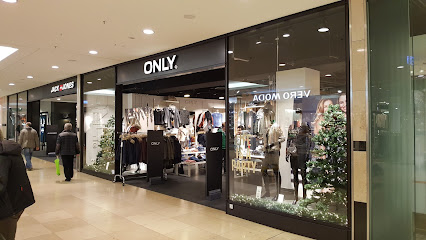
Essential bars & hidden hideouts
Shamrock Irish Bar & Restaurant
0.2 km
Discover Shamrock Irish Bar & Restaurant - an authentic Irish pub in the heart of Dresden, offering delightful cuisine and a lively atmosphere.
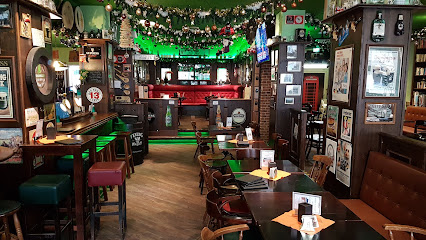
Champagner Lounge
0.2 km
Experience the elegance of Champagner Lounge in Dresden, where a remarkable champagne selection meets a vibrant nightlife atmosphere.
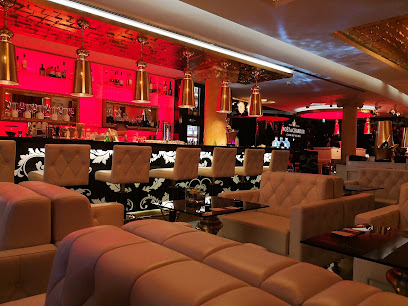
Schlossbar
0.2 km
Experience the elegance of Schlossbar in Dresden with exquisite drinks and a sophisticated atmosphere, perfect for unwinding after a day of exploration.
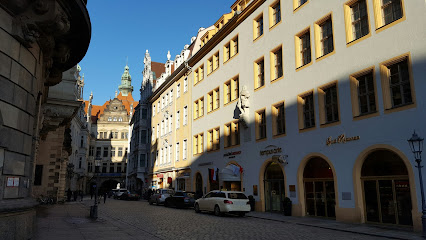
AMARO Bar - Dresden
0.3 km
Experience the vibrant nightlife of Dresden at AMARO Bar, where expertly crafted cocktails meet a cozy and inviting atmosphere.

Roof-Top Bar im Vienna house
0.3 km
Discover the Roof-Top Bar in Vienna House: Where breathtaking views meet exquisite drinks in the heart of Dresden's vibrant nightlife.
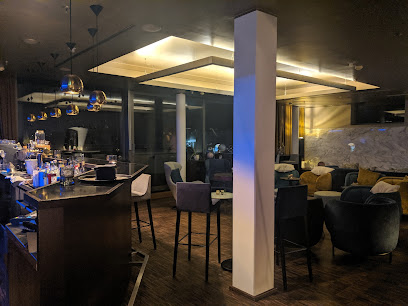
Bar 1705 - Dresden
0.3 km
Experience unparalleled luxury at Bar 1705 in Dresden, where exquisite cocktails and a chic ambiance await you.
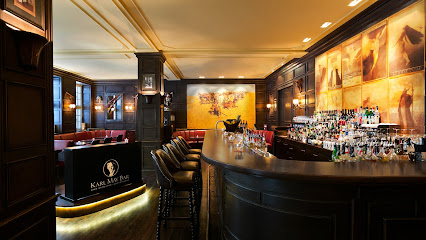
Gin House Dresden
0.3 km
Discover the vibrant Gin House Dresden, where exceptional cocktails and a lively atmosphere await in the heart of the city!
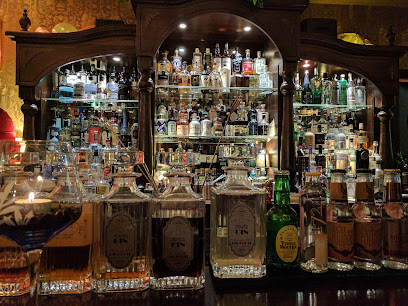
Twist Bar
0.4 km
Experience the vibrant nightlife of Dresden at Twist Bar, where creative cocktails and a chic atmosphere await every visitor.
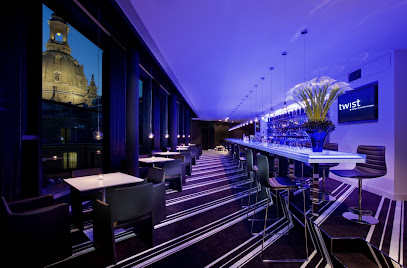
Cocktailbar Pervak
0.4 km
Experience the vibrant and innovative cocktail culture at Cocktailbar Pervak in the heart of Dresden's Altstadt, where every drink tells a story.
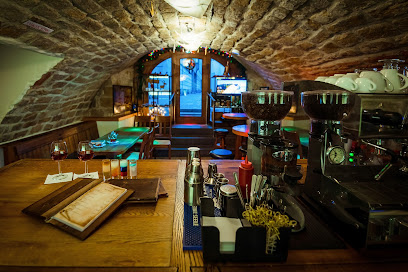
Pianobar
1.0 km
Discover the enchanting Pianobar in Dresden, where live music and exquisite cocktails create an unforgettable nightlife experience.
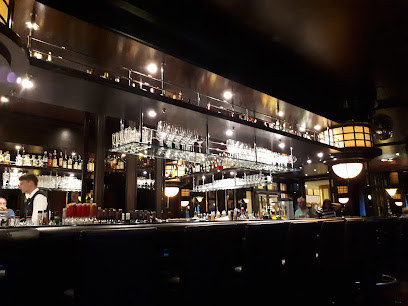
Volt Bar
1.1 km
Discover the lively Volt Bar in Dresden, blending exquisite drinks with a vibrant atmosphere for an unforgettable night out.
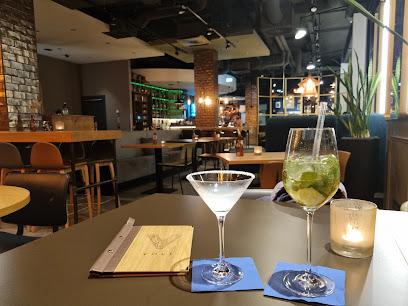
The Red Rooster - Dresden
1.1 km
Discover The Red Rooster in Dresden - a lively pub offering delicious food, a wide array of drinks, and a vibrant atmosphere perfect for socializing.
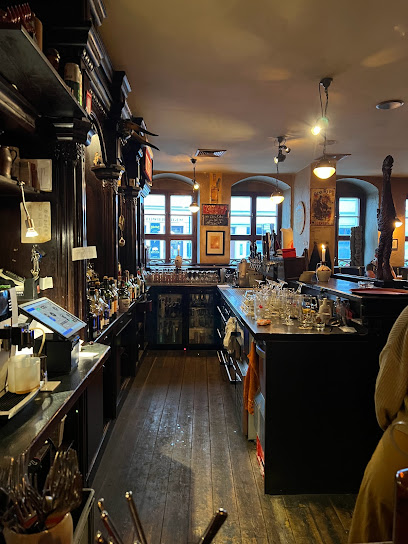
HERZ american bar - Dresden
1.3 km
Immerse yourself in the lively ambiance of HERZ American Bar in Dresden, serving exquisite cocktails and a taste of American bar culture.
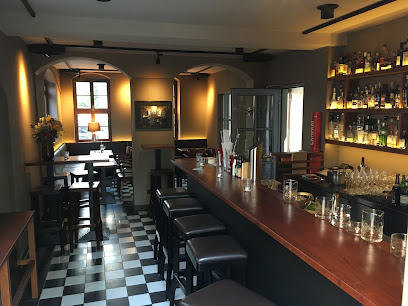
BBC – Bar Brasserie Cassis - Dresden
1.8 km
Discover the vibrant energy of BBC – Bar Brasserie Cassis, a top destination for drinks and light bites in Dresden's lively Neustadt district.
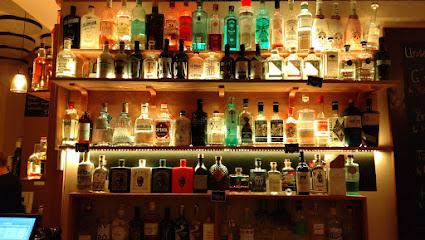
BBC Whisky & Gin House
1.8 km
Discover a refined selection of whiskies and gins in the heart of Dresden-Neustadt at BBC Whisky & Gin House, a premier bar for spirit enthusiasts.
